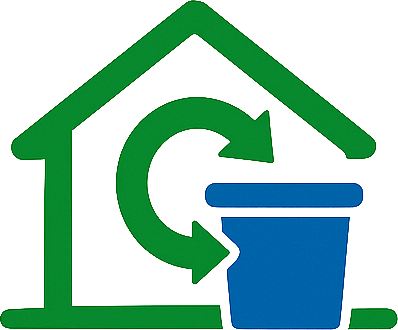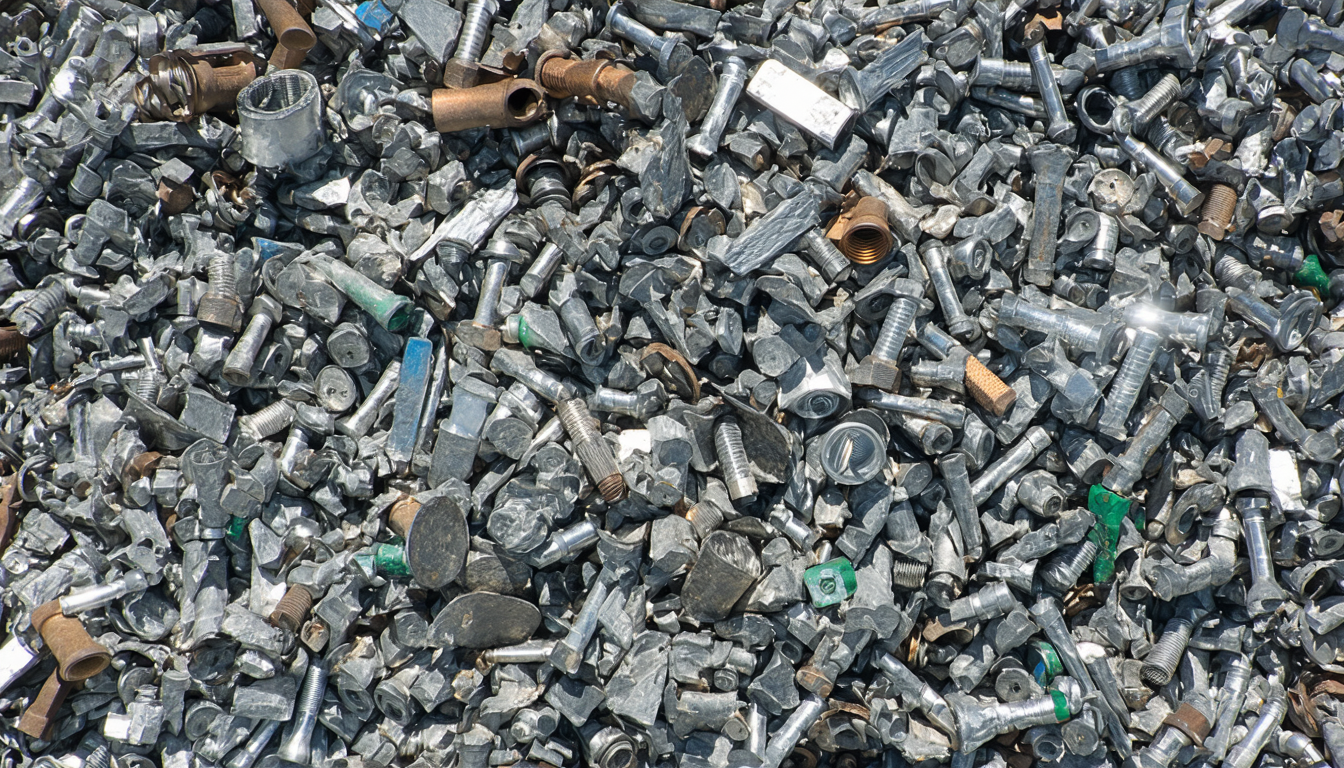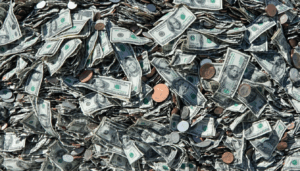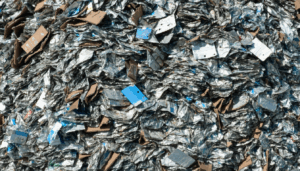In the heart of Utah, Wasatch Metal Recycling has emerged as a pivotal player in the United States’ push toward sustainable waste management. As environmental concerns grow and industries seek greener solutions, this company stands out for its innovative approaches to metal recovery and recycling. This article delves into the latest developments surrounding Wasatch Metal Recycling, exploring its impact on local communities, contributions to the circular economy, and future prospects in a rapidly evolving sector. From cutting-edge technology to community engagement, here’s how this firm is shaping the recycling landscape.
The Rise of Wasatch Metal Recycling in Utah
Wasatch Metal Recycling, based in Salt Lake City, has been a cornerstone of Utah’s industrial ecosystem since its founding. Specializing in the collection, processing, and resale of ferrous and non-ferrous metals, the company serves a wide range of clients, from individual scrap sellers to large manufacturing firms. In 2023 alone, it processed over 50,000 tons of recyclable metal, diverting significant waste from landfills and reducing the demand for virgin resources.
The company’s state-of-the-art facilities utilize advanced sorting and shredding technologies to maximize efficiency. This not only boosts productivity but also ensures that materials are recycled with minimal environmental impact. Their commitment to sustainability has earned them recognition as a leader in the region’s green initiatives.
Economic and Environmental Impact
The significance of Wasatch Metal Recycling extends beyond its operational success. By recycling metals like steel, aluminum, and copper, the company plays a vital role in conserving natural resources and cutting greenhouse gas emissions. According to a 2022 report by the Institute of Scrap Recycling Industries (ISRI), metal recycling in the U.S. reduces carbon emissions by nearly 100 million metric tons annually.
For local stakeholders, including businesses and residents, this translates into tangible benefits. Small businesses gain access to affordable raw materials, while communities enjoy cleaner environments. “Recycling metals is not just about waste management; it’s about building a sustainable future for generations,” said John Peterson, an environmental analyst based in Utah.
Community Engagement and Job Creation
One of the standout aspects of Wasatch Metal Recycling is its dedication to community involvement. The company regularly hosts educational programs to raise awareness about the importance of recycling. In 2023, they partnered with local schools to launch initiatives that teach students about sustainable practices, reaching over 2,000 participants.
Additionally, the firm has created numerous job opportunities in the region. With over 100 employees currently on staff, it contributes significantly to Utah’s economy. These roles range from equipment operators to administrative positions, offering stable employment for many families.
Challenges and Opportunities Ahead
Despite its achievements, Wasatch Metal Recycling faces challenges common to the industry. Fluctuating global metal prices can impact profitability, while regulatory changes often require swift adaptation. However, these hurdles also present opportunities for innovation and growth.
Looking ahead, experts predict a surge in demand for recycled materials as industries pivot toward sustainability. “Companies like Wasatch are well-positioned to lead this transition by investing in technology and expanding their reach,” noted Sarah Mitchell, a sustainability consultant with over a decade of experience in the sector. Embracing digital tools for tracking and managing scrap could further enhance their operations.
Why Wasatch Metal Recycling Matters
The broader implications of Wasatch Metal Recycling’s work are clear. By reducing reliance on finite resources, they help mitigate environmental degradation—a pressing concern amid climate change. Their efforts also support national goals to achieve a circular economy, where materials are reused rather than discarded.
For policymakers, businesses, and individuals alike, this serves as a reminder of recycling’s critical role in modern society. As urban populations grow and industrial activity intensifies, scalable solutions like those offered by Wasatch will be indispensable. Their model could inspire similar initiatives across the U.S., amplifying impact on a national scale.
Conclusion
Wasatch Metal Recycling stands as a beacon of progress in Utah’s industrial landscape, blending innovation with environmental stewardship. From processing thousands of tons of metal annually to fostering community ties, their contributions resonate on multiple levels. As challenges like market volatility loom, their adaptability and forward-thinking approach position them for continued success. Ultimately, their work underscores a vital truth: sustainable practices are not just an option but a necessity for a healthier planet.
Frequently Asked Questions (FAQs)
-
What types of metals does Wasatch Metal Recycling handle?
They process both ferrous metals (like steel and iron) and non-ferrous metals (such as aluminum, copper, and brass), catering to diverse client needs. -
Where is Wasatch Metal Recycling located?
The company is headquartered in Salt Lake City, Utah, with facilities serving various parts of the state. -
How does metal recycling benefit the environment?
It conserves natural resources, reduces landfill waste, and cuts greenhouse gas emissions by decreasing the need for mining new materials. -
Can individuals sell scrap metal to Wasatch Metal Recycling?
Yes, they accept scrap from individuals as well as businesses, offering competitive pricing based on market rates. -
What initiatives does the company have for community outreach?
They conduct educational programs with local schools and organizations to promote awareness about recycling and sustainability.





